#rust flatworm
Explore tagged Tumblr posts
Text
Although some of the larger marine flatworms are photogenic enough, to appear regularly in reef life guides and aquarium books, the mention of flatworms in reef aquariums usually relates to a small number of species, that are often labelled 'redbugs', or that actively eat coral tissues. These species are smaller, not so visually striking, and widely regarded as pests and not pets. This leads often to senseless panic, when quite harmless species of flatworms are encountered, such as Amphiscolops - not all of such 'hitch hiking' flatworms are bad.
However, conflicts do arise from the presence of corallivorous flatworms, such as those plaguing the acroporid corals, and the red or rust 'planarian' genus, or Convolutriloba, which accommodate photosynthetic symbionts. Convulotriloba sp. are not, as is often misreported, actual coral eaters themselves. Rather they compete with photosynthetic corals for access to light, and their populations can increase so fast, through fission, that they can simply swamp out the growing corals beneath them.
These flatworms are toxic, involving tetrodotoxin, and this defence seems to deter most foragers from guzzling them. Toxicity problematizes the potential of chemical treatments, because when the Convolutriloba flourish in quantities, their mass death causes the stressed and dying animals, to secrete toxins into the aquarium water. So although a chemical treatment might not itself harm corals etc, it can still be disastrous. As an aside, this genus dislikes settling where it is subject to strong current, and is therefore less likely to be troublesome in high flow systems or locations.
A number of fish and crustaceans will eat Convulotriloba sp. and other 'pest flatworms', but not eagerly enough for them to control their numbers properly, and this is likely because they bear toxins. So that a number of carnivorous foragers may nibble at Convulotriloba numbers, but are not willing to wulf them down, as aquarists would like them to. This fits what I and others have seen of foraging dragonets, wrasse, butterflyfishes, arrow crabs, and boxing shrimp. A closer examination may show that the worms are more often rejected after sampling as potential food.
The falsely named 'blue velvet nudibranch' - which is really a headshield slug, Chelidonura varians - reportedly dies after consuming only Convulotriloba. In nature Chelidonura sp. have a broad diet, including molluscs moreso than flatworms. Like the other foragers that consume red flatworms, their nature is surely to sample vagile animals, and then move on. In truth, chemically well defended organisms such as Convulotriloba sp. might not be immune to sporadic predation, but their arsenals would not have come to exist through natural selection, were they ineffective against bulk consumption.
More than one species of Convulotriloba is encountered in aquariums, but there is probably little need to fret about their identification. Another less notorious genus named Waminoa, has a similar carpeting habit, resting upon coral tissues, but is seemingly not so toxic to other animals, or their toxicity is not so well studied. Less is reported about Waminoa in relation to corals or other sessile organisms, or to their potential predators. It seems the usual flatworm consumers will eat them.
The other dreaded flatworms actually are obligate coral feeders, the Acropora and Montipora eating polyclads. Fortunately a number of regularly encountered reef fish and shrimp, will eat these flatworms at different stages of there life cycles. Pseudocheilinus wrasse are certainly proven to consume them under observation, although they appear to spit out Convulotriloba. The peppermint shrimps, a species complex of broad spectrum foragers, consume both the adult worms and their eggs. These are the same shrimp admired for their consumption of Aiptasia anemones, but for that reason they could also consume corals themselves.
Specialized coral feeding polyclads also bother other corals such as euphyllids, particularly Euphyllia senso stricto and the related Fimbriaphyllia, and may cause more damage than is often recognised. This is because the feeding of certain (but not all) polyclad flatworms on coral tissues, clearly damages and behaviorally stresses these corals. But the corallivorous flatworms may be difficult to spot, and to recognize for what they are, and problems with euphyllid polyp expansion are likely to often remain undiagnosed. A mixture of temporary dips and natural biological control is advised, but the strong stings of euphyllids may ironically deter flatworm eaters.
#pest flatorms#reef pests#biological control#red planarian#red flatworm#rust flatworm#Chelidonura varians#blue velvet nudi#blue velvet nudibranch#Convulotriloba#redbugs#acropora#montipora#corallivores#wrasse#shrimp#Waminoa#Euphyllia#Fimbriaphyllia
1 note
·
View note
Photo

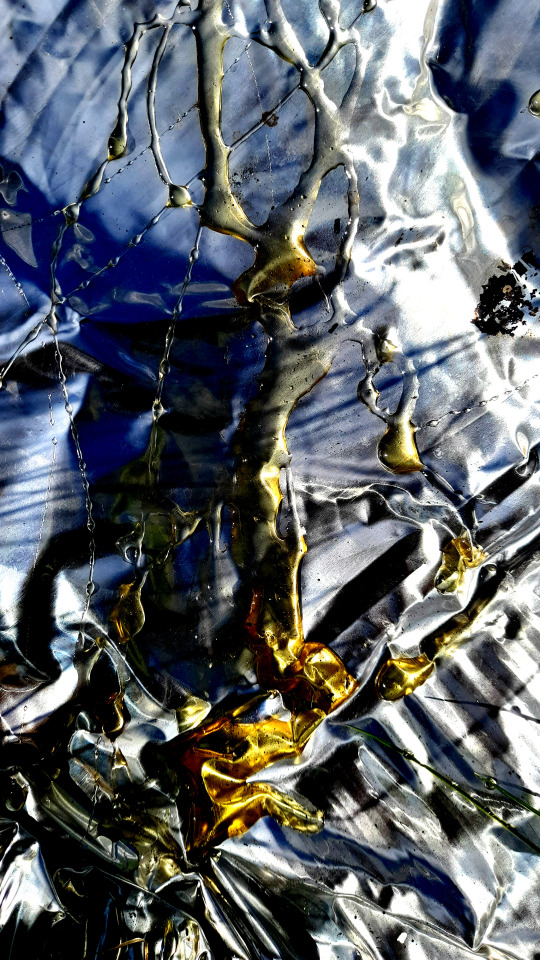
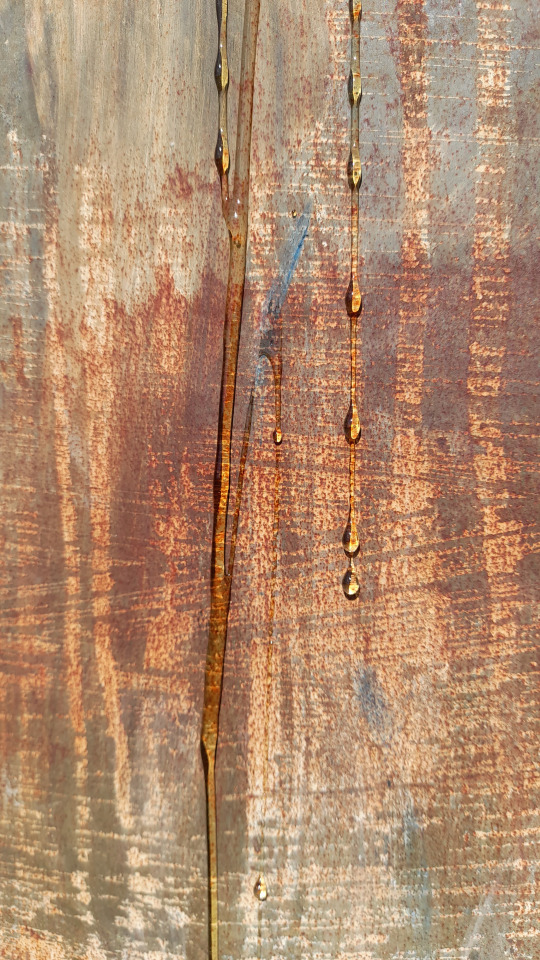
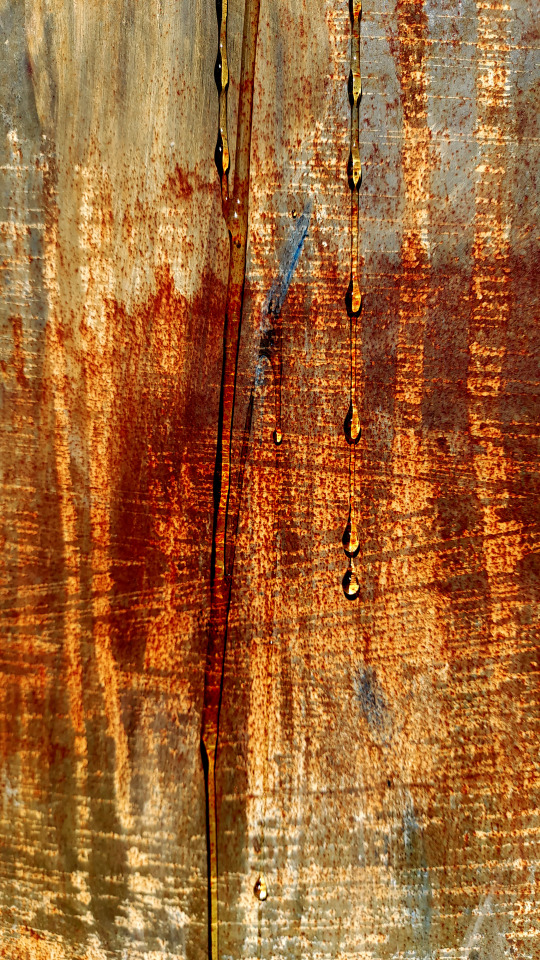
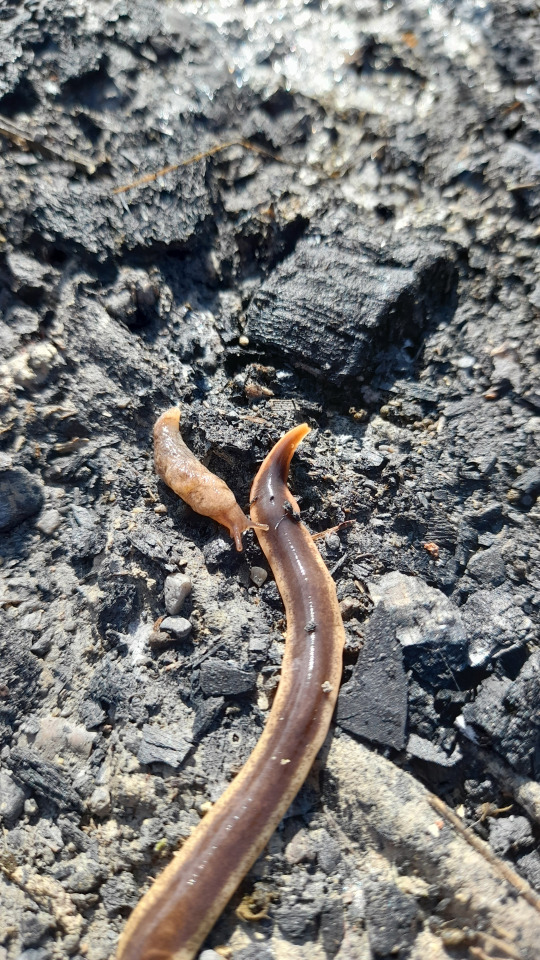
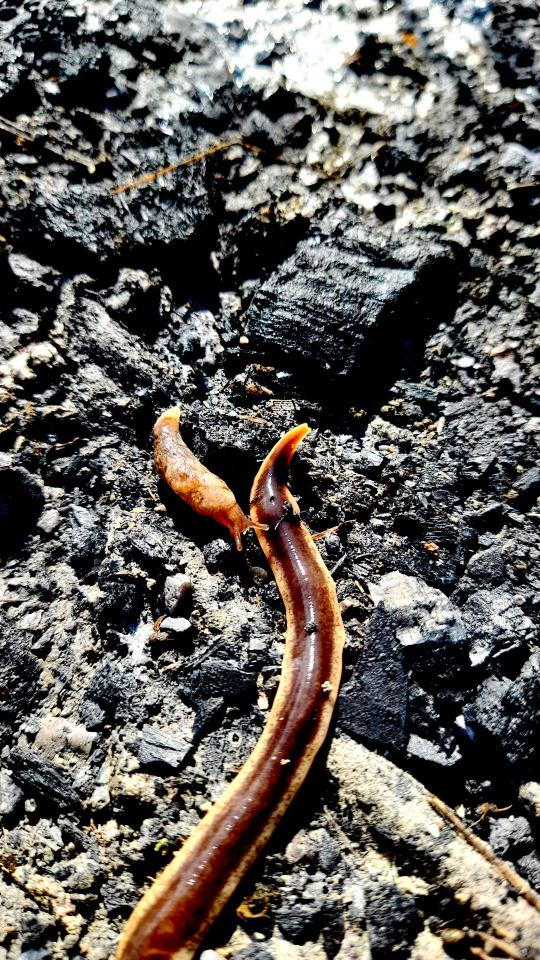
NINE INCH NAILS - THE DOWNWARD SPIRAL
GRAPHIC DESIGN - IDEAS DEVELOPMENT
TRACK 12: REPTILE
EDIT: I’m after being informed by Andrea (https://k00234566.tumblr.com/) that the worm I found is actually a New Zealand Flatworm, a particularly invasive species not common to our part of the world that should be reported when found. Thanks Andrea! I knew it was up to no good...)
As our protagonist’s plea for someone to end his suffering go unanswered, he naively attempts to salvage some shred of his former self, or perhaps even find a way out of what he already knows deep down is inevitable, his destruction.
We can assume from the opening lines that the woman this man encounters is not the same as was hinted in ‘Piggy’ or ‘Closer’, but more than likely a prostitute:
“she spreads herself wide open to let the insects in she leaves a trail of honey to show me where she’s been she has the blood of reptile just underneath her skin seeds from a thousand others drip down from within… oh my precious whore”
The images of ‘honey’ and ‘insects’ always stood out to me in this song. I decided to get a little on the nose with it and take a jar of honey out to the field across from my home. I dripped the honey on to different surfaces to see what kind of effects I can get. I was happy with the way the colours and textures of the rusted gate and aluminium pan complimented the honey, but I wanted to get some insects involved if I could.
I turned over as many rocks and pieces of garbage as I could, and succeeded in finding many different ant colonies around the place. However the pictures of them I took on my phone were underwhelming as they were too small to make any sort of impact with the camera i was working with.
Then I lifted a rock and found one of the weirdest things I have seen in recent memory. What appeared to be some sort of worm that looked like an eel started slithering out from under the rock. Perhaps I just don’t get out enough but I have never seen a worm that shape and with the strange off-white border around it.
I decided to take some pictures and while the worm made it’s way, a nearby slug suddenly shared my curiosity and started following the worm. I caught a few pictures of their encounter and then let them on their way.
I adjusted the contrast on the photos and found it difficult to decide which one to use for a cover. I looked forward to bringing them into photoshop to add the NIN logo and get a better sense of which one was most appropriate.
#Nine Inch Nails#NIN#reptile#the downward spiral#graphic design#LSAD#lsadgraphicdesign#ideas development
22 notes
·
View notes
Text
“Anyone who doubted its existence could walk into the backyard just after sunset and see it,” so it was said of the original, but to view Sputnik in my dining room I’d have to first invite you to dine with us, and I probably will
not, such is my reluctance to try to entertain you. I was saying a few days ago to a friend who said he never really uses his living room that he does when he entertains, when Entertainment struck me as the most desolate word I
ever said, that ever could be said. But I do not think it has come between us, except how a ghost does when it appears to only one guest at dinner. Macbeth is the famous example here, but he was the host and hospitality and enter-
tainment are not the same thing. I just broke a word in half; what was it Macbeth said about the last syllable of recorded time? That a severed flatworm who grows back its head keeps all its old memories, even the ones that seem to signify nothing.
Apropos of that kind of nothingness, I remember wanting to board the black conveyor belt in the stockroom at the Medimart my father managed and ride it back to its origin. I did not think the loop began a few feet away, behind
the strip mall, where the makeup girl who let me apply all the lipsticks to my mouth at once, mud, rust, and gold, each smudge a revision of the brick wall I was led to lean against, leaned against the wall flirting with the truckers of PepsiCo. Now there’s a free
man, said my father once, who owns his own truck and drives it on his own account. I want to know is the soul free? A loop has no beginning and what the makeup girl did on break is between her and the brick wall. [...]
Robyn Schiff, from “The Houselights,” A Woman of Property (Penguin Books, 2016)
0 notes